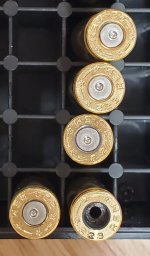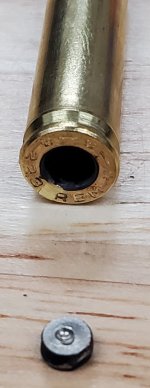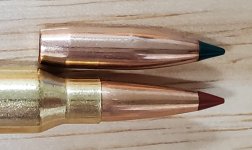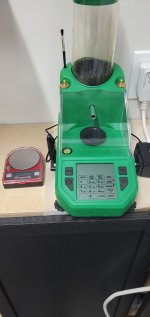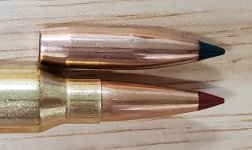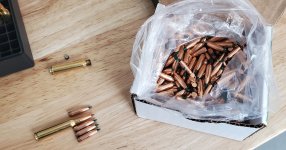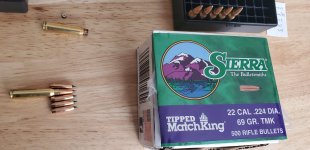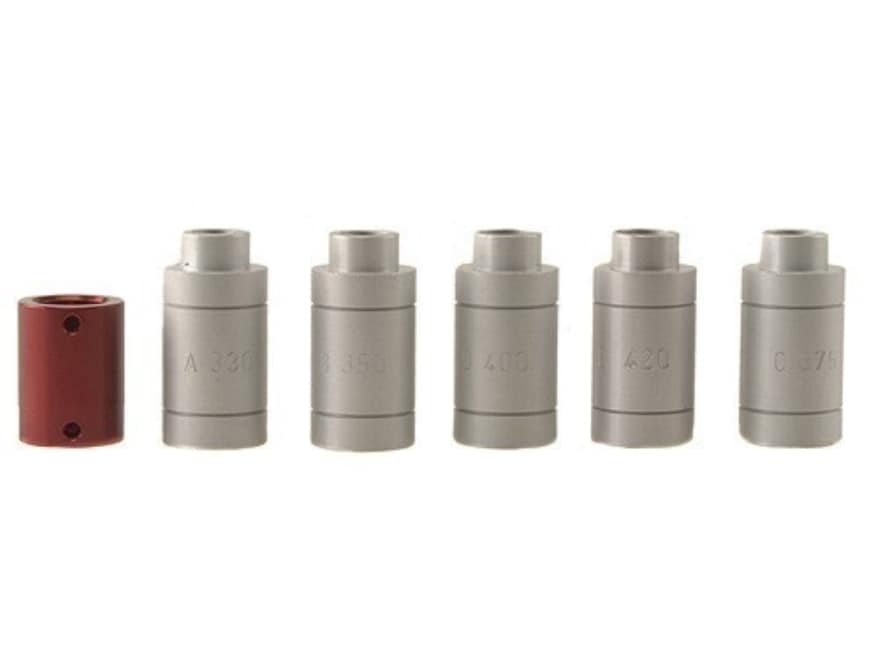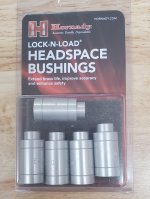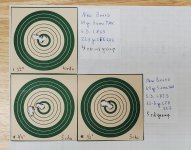I prepared two loads today and had two primer blowouts. I am trying to keep it simple, so please bear with me.
I am using a Zermatt TL3 action with a 26” Shilen ratchet barrel. The barrel has a twist of 1:9.
I am using brand new Starline brass in .223 Rem. with CCI 400 small rifle primers. The bullets are Sierra 69 grain TMK’s (boat tail).
The distance from the head to the ogive is 1.92”, touching the leads.
While my first handload using the 1.92” seating depth was better than the factory ammo, it had a lot of room for improvement.
The Geco factory load measures 1.851” (Ogive to head).
So decided to start there, I loaded the minimum charge of 18.3 grains of IMR 4198 and seated the bullet at 1.857”. The last of the four rounds pushed out the primer (I lost it).
Next, I tried one round of the same load using 18.9 grains of IMR 4198 (that is halfway between minimum and maximum charge. The first round blew out the primer, the shell and primer came out of the action separately.
I know I didn’t over charge as I used either the minimum charge or stayed between the minimum and maximum allowed.
My only explanation would be that the bullet was seated too deep causing too much pressure in the shell before the bullet could exit. Should the bullet ever extend down past the neck of the cartridge?
I only sized the shells full length, no crimp.
I will pull the bullets from the remaining loads until I figure out what I need to do differently. All input is appreciated. Thanks
I am using a Zermatt TL3 action with a 26” Shilen ratchet barrel. The barrel has a twist of 1:9.
I am using brand new Starline brass in .223 Rem. with CCI 400 small rifle primers. The bullets are Sierra 69 grain TMK’s (boat tail).
The distance from the head to the ogive is 1.92”, touching the leads.
While my first handload using the 1.92” seating depth was better than the factory ammo, it had a lot of room for improvement.
The Geco factory load measures 1.851” (Ogive to head).
So decided to start there, I loaded the minimum charge of 18.3 grains of IMR 4198 and seated the bullet at 1.857”. The last of the four rounds pushed out the primer (I lost it).
Next, I tried one round of the same load using 18.9 grains of IMR 4198 (that is halfway between minimum and maximum charge. The first round blew out the primer, the shell and primer came out of the action separately.
I know I didn’t over charge as I used either the minimum charge or stayed between the minimum and maximum allowed.
My only explanation would be that the bullet was seated too deep causing too much pressure in the shell before the bullet could exit. Should the bullet ever extend down past the neck of the cartridge?
I only sized the shells full length, no crimp.
I will pull the bullets from the remaining loads until I figure out what I need to do differently. All input is appreciated. Thanks

